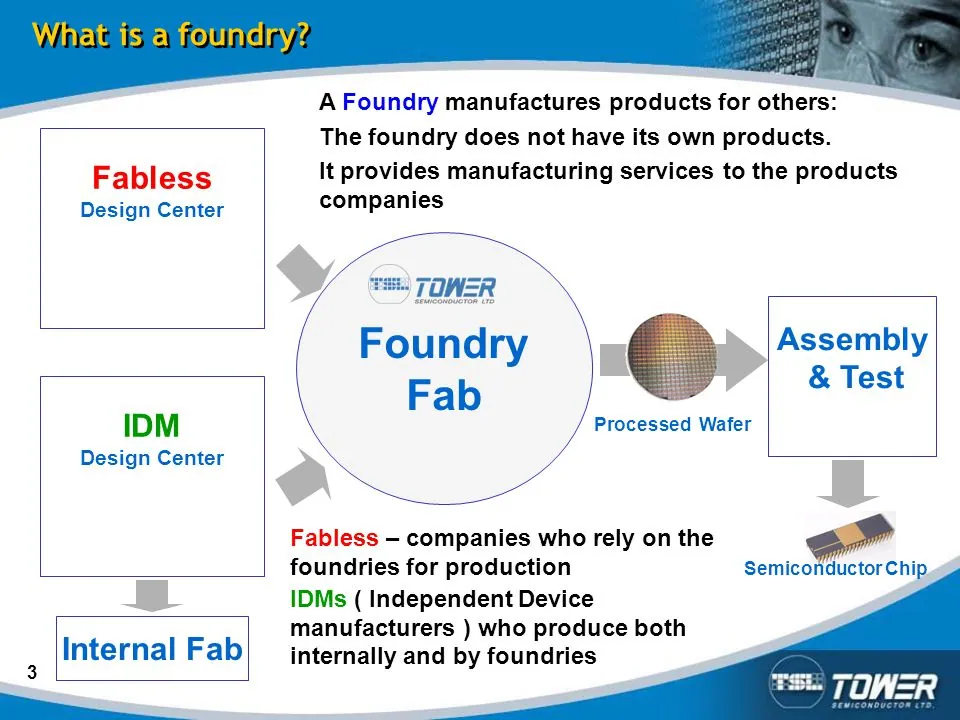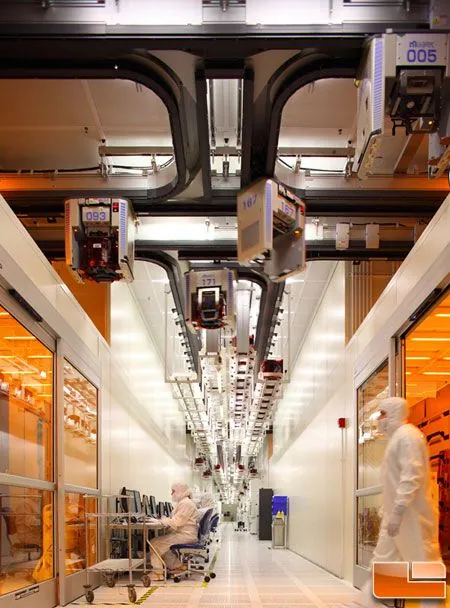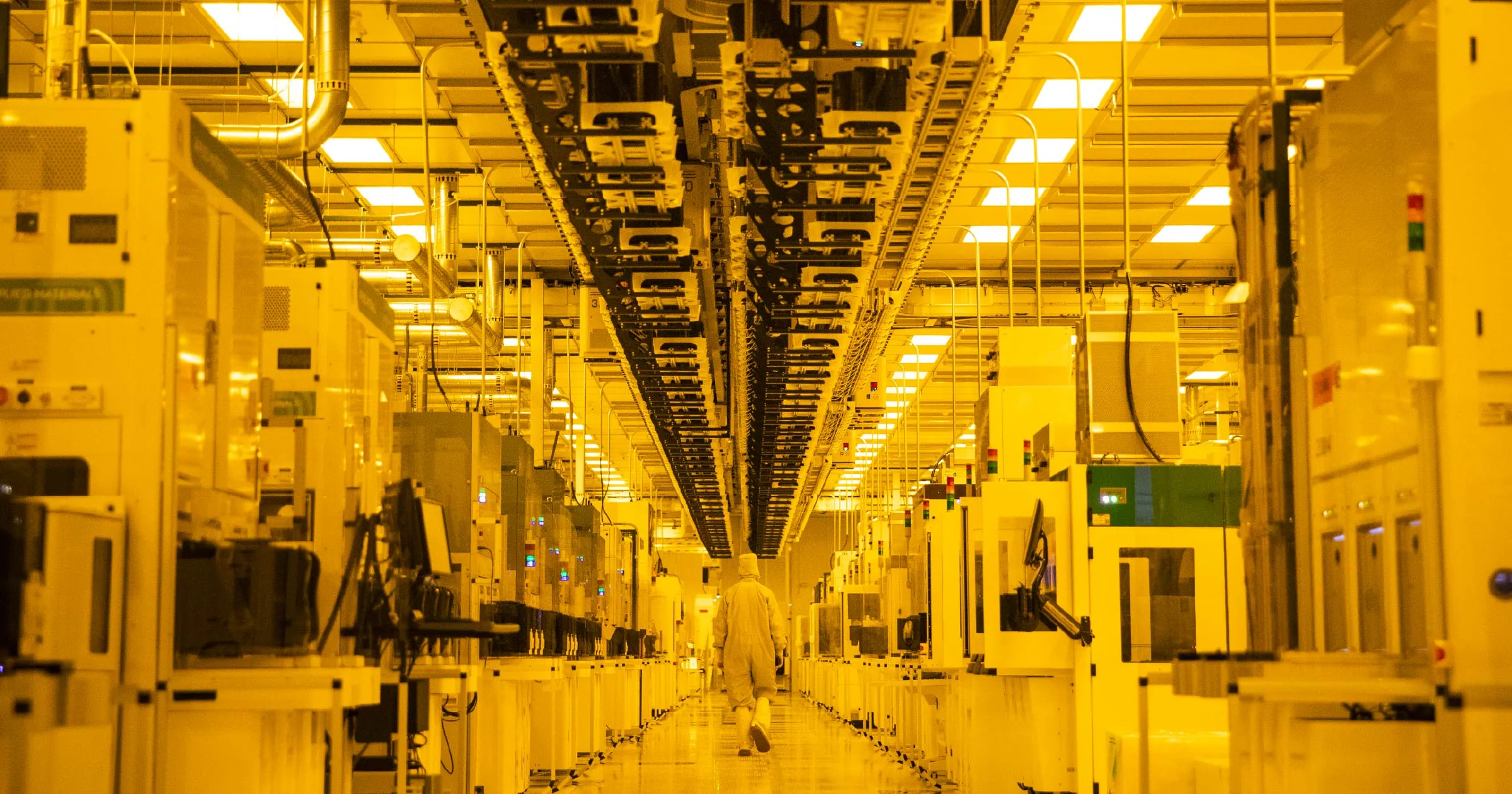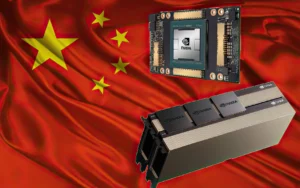Introduction
Did you know that Semiconductor manufacturing fab are considered temples of modern technological innovation?
Class 1 cleanrooms can have fewer than 10 particles per cubic foot of air
Building a state-of-the-art semiconductor fab can cost upto 20 billions of dollars and cover an area equivalent to multiple football fields.
Processes inside fabs are controlled at the nanometer level, highlighting the astonishing technological advancements and engineering prowess within the semiconductor industry.
The attire and protocols for working within cleanrooms are highly precise. Workers must wear specialized suits, including head-to-toe coverings, gloves, masks, and even “bunny suits.”
The level of attention to detail regarding contamination prevention is astonishing, with strict procedures in place to maintain the highest standards of cleanliness and purity.
TSMC, recognized as the largest semiconductor company globally, made a discreet entry into the top 10 most valuable companies worldwide in 2020. Surprisingly, it now surpasses Meta and Exxon in terms of valuation.
TSMC holds the title for the world’s largest logic chip manufacturing capacity and is responsible for producing an impressive 92 percent of the world’s cutting-edge chips.
These chips are vital components, found in nuclear weapons, aircraft, submarines, and hypersonic missiles, pivotal to maintaining the global balance of power. Moreover, they underpin critical military systems, ensuring precision, reliability, and effectiveness in strategic operations.
What is it about these fabs that they are starting to be called Temple of Scientific innovation. Lets find out.
Understanding the Role of Gates in Transistors: A Comprehensive Guide – techovedas
What is a Semiconductor fab
A semiconductor fabrication plant, commonly referred to as a “fab,” is a facility dedicated to manufacturing devices like integrated circuits.
A business that operates such a facility to fabricate designs for other companies, particularly fabless semiconductor firms, is known as a foundry.
If a foundry focuses solely on manufacturing and doesn’t create its own designs, it’s categorized as a pure-play semiconductor foundry.

Image Credits: Tower Semiconductors
Fabs are equipped with various costly equipment essential for their operations.
Area inside the fab
The pivotal area within a fab is the cleanroom.The team meticulously maintains this specialized space to eliminate any dust particles, as even a minuscule speck can impair the production of microcircuits, which have features much smaller than common dust particles. They also isolate the cleanroom from vibrations and strictly regulate it in terms of temperature and humidity to preserve optimal working conditions.”. Proper control of temperature and humidity is crucial to reduce static electricity, ensuring the quality of the semiconductor production process.

Image Credits: AlfalAval
Products from Semiconductor fab
A semiconductor fabrication plant (semicon fab) produces various applications, including:
- Microchips: Production of integrated circuit chips.
- LED Lighting: Manufacturing LED lamps used for illumination.
- PV Industry: Fabrication of solar cells utilizing either Si wafer or thin film technology.
- Flat Panel Displays: Production of flat panels for a wide range of devices, from handheld gadgets like mobile phones to large TV monitors.
- Electronics: Manufacturing of printed circuit boards (PCBs) and various computer and electronic components.
What is Cleanroom
The core of the plant where actual manufacturing occurs is the cleanroom. Additionally, these tools, meticulously designed to carry out specific tasks like etching, deposition, and lithography, ensure precise and controlled fabrication processes for the substrate (which could be a wafer for microchips, solar cells, flat screens, or LEDs) within this space. The manufacturing of microchips involves a multitude of intricate processing steps, making it the most complex, whereas the production of a solar cell is relatively simpler, typically requiring only a few processing steps.
| Cleanroom Class | Type of Manufacturing |
|---|---|
| Class 1 | Precision manufacturing for ultra-sensitive applications like nanotechnology and microelectronics. |
| Class 100 | High-precision manufacturing for critical applications such as semiconductor fabrication. |
| Class 1,000 | Precision manufacturing for applications like electronics and aerospace components. |
| Class 10,000 | General manufacturing, including pharmaceuticals, optics, and some electronics. |
| Class 100,000 | Light manufacturing and assembly work, including pharmaceuticals and optics. |
| Class 1,000,000 | Packaging, some assembly, and less critical manufacturing processes. |
Authorities define cleanroom classes based on the maximum allowable particulate count per cubic meter for particles equal to or larger than a specified size. Lower class numbers indicate cleaner and more controlled environments suitable for highly sensitive manufacturing processes.

Image Credits: AlfalAval
Follow us on Linkedin for everything around Semiconductors & AI
What is AMHS
AMHS stands for Automated Material Handling System in the context of semiconductor fabrication plants (fabs). It refers to a comprehensive automated system designed to handle and transport materials, equipment, and substrates within the cleanroom environment of a semiconductor fab. This system is crucial for maintaining a controlled and contamination-free environment, ensuring the integrity of the manufacturing process. By efficiently managing the flow of materials, AMHS plays a pivotal role in optimizing production workflows and enhancing overall efficiency in semiconductor fabrication.. Moreover, AMHS plays a critical role in streamlining the manufacturing process, optimizing efficiency, reducing human intervention, and minimizing the risk of contamination. By seamlessly integrating with various tools and stations, AMHS ensures a smooth flow of materials, contributing significantly to the overall productivity and reliability of semiconductor production.
The AMHS includes various components such as automated guided vehicles (AGVs), robots, conveyors, vertical lift modules, storage systems, and software control systems. These components work together to manage the movement of wafers, materials, tools, and other items required for the semiconductor manufacturing process.
Key functions of an AMHS in a fab include:
- Material Transport and Handling: Moving wafers and materials from one tool or process to another, ensuring a smooth and efficient flow in the manufacturing process.
- Inventory Management: AMHS makes sure inventory is enough all the time for all the processes.
- Queue Management:Optimizing the queue of wafers at each tool involves prioritizing and scheduling processes for efficient utilization of equipment. This meticulous approach ensures that the fabrication process runs smoothly and that each tool operates at maximum capacity. Strategically managing the flow of wafers enhances production efficiency, leading to higher yields and overall productivity. Furthermore, this methodical scheduling also minimizes idle time for equipment, maximizing its operational effectiveness within the fab.
- Fault Recovery and Error Handling: Identifying and recovering from errors or faults in the material handling process to maintain the continuity and reliability of manufacturing operations.
Implementing an efficient AMHS is vital for modern fabs, as it significantly contributes to the overall productivity, throughput, and quality of the semiconductor manufacturing process.

Conclusion
To sum it up, when we look into semiconductor factories, also known as fabs, we find a very complex and always-changing place that’s really important for our modernAdditionally, these tools, meticulously designed to carry out specific tasks like etching, deposition, and lithography, ensure precise and controlled fabrication processes for the substrate (which could be a wafer for microchips, solar cells, flat screens, or LEDs) within this space..technology.
The main production area in a fab is a super clean room. It’s specially designed for different levels of difficulty in making things. In these super clean rooms, there are lots of high-tech machines and tools. They’re really important for making microchips, LED lights, solar panels, flat screens, and all kinds of electronic stuff..
Moreover, the manufacturing processes involve meticulous steps, varying in complexity based on the intended application.This ranges from the intricate steps of microchip production to the relatively simpler processes in solar cell manufacturing. Furthermore, these processes require a high level of precision and expertise to ensure the quality and functionality of the final products. Skilled technicians and engineers work in tandem with advanced machinery to execute each step of the manufacturing process with utmost precision and accuracy.Additionally This meticulous approach is essential in achieving the desired performance and reliability of the semiconductor devices and electronic components produced. As a result, skilled technicians and engineers work in tandem with advanced machinery to execute each step of the manufacturing process with utmost precision and accuracy.
quire a high level of precision and expertise to ensure the quality and functionality of the final products.




